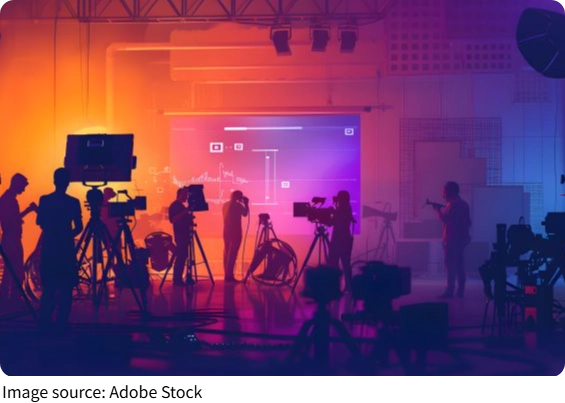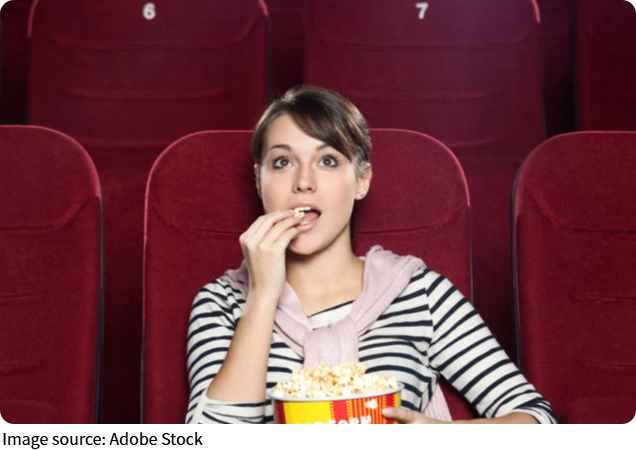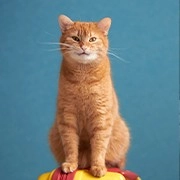Lens Behind Art

We often focus on actors and stories when watching movies, but have you ever thought about how the camera itself tells a story? Cinematography—the art of capturing images on film—shapes what we see and feel.
Classic films especially showcase creative camera work that still influences modern cinema. Today, let's explore some key cinematography techniques and the artistic choices behind them that make movies unforgettable.
Lighting: Painting With Shadows and Light
One of the most powerful tools cinematographers use is lighting. In classic films like The Godfather (1972), strong contrasts between light and shadow create mood and highlight characters' emotions. This technique, called chiaroscuro, helps us feel tension and mystery.
Soft lighting can evoke romance or nostalgia, while harsh light might suggest danger or conflict. Lighting is like painting with light, guiding our attention and emotions without a single word.
Camera Movement: Guiding Our Eyes and Emotions
Camera movement is another way filmmakers communicate. Tracking shots, where the camera moves smoothly with characters, pull us into the scene and create intimacy. For example, the famous "walking dolly" shot in Spike Lee's films lets us follow characters closely, feeling their energy.
On the other hand, handheld cameras add a sense of realism and urgency, like in Taxi Driver (1976). The way the camera moves influences how we emotionally connect with the story.
Composition: Framing the Story
How a shot is framed tells us a lot. Classic films often use the "rule of thirds" to balance images, or symmetry to create harmony or tension. Directors carefully place characters and objects to show relationships or power dynamics. In Hitchcock's Vertigo (1958), tight framing and spiraling camera movements mirror the protagonist's dizzying obsession. Composition is silent storytelling, helping us understand characters and themes visually.
Innovative Techniques: The Dolly Zoom and More
Some classic films introduced groundbreaking techniques that changed cinema. The dolly zoom, famously used in Vertigo, combines zooming in while moving the camera backward, creating a disorienting effect that reflects psychological tension.
Double exposure, used in early films like The Corsican Brothers (1898), allowed ghostly images by layering film exposures. These innovations show how cinematographers invent new ways to express ideas and emotions.

Color and Texture: Enhancing Atmosphere
While many classics are black and white, color films use palettes thoughtfully. Schindler's List (1993) uses mostly black and white but highlights a red coat to symbolize innocence and loss. Texture, like film grain or soft focus, adds mood and nostalgia. These visual choices deepen our emotional experience and immerse us in the film's world.
Why Cinematography Still Matters to Us
We've seen how lighting, movement, composition, and innovative techniques work together to create the art of cinematography. These choices shape how we feel and understand stories. Even if we don't consciously notice, our brains respond to these visual cues. Classic cinematography laid the foundation for today's films, and understanding it enriches our appreciation of cinema.
Let's Talk About Your Favorite Shots
We've explored the art behind the camera in classic films. Which movie scenes or shots have stayed with you? How do you think cinematography affects your movie experience? Share your thoughts and favorite examples with us!

 · Entertainment Team
· Entertainment Team